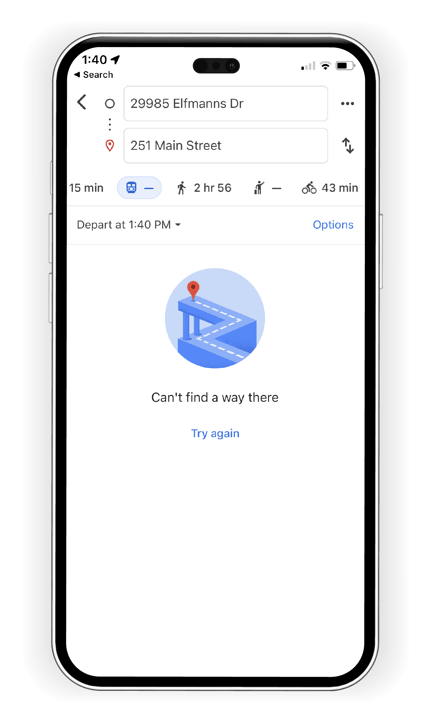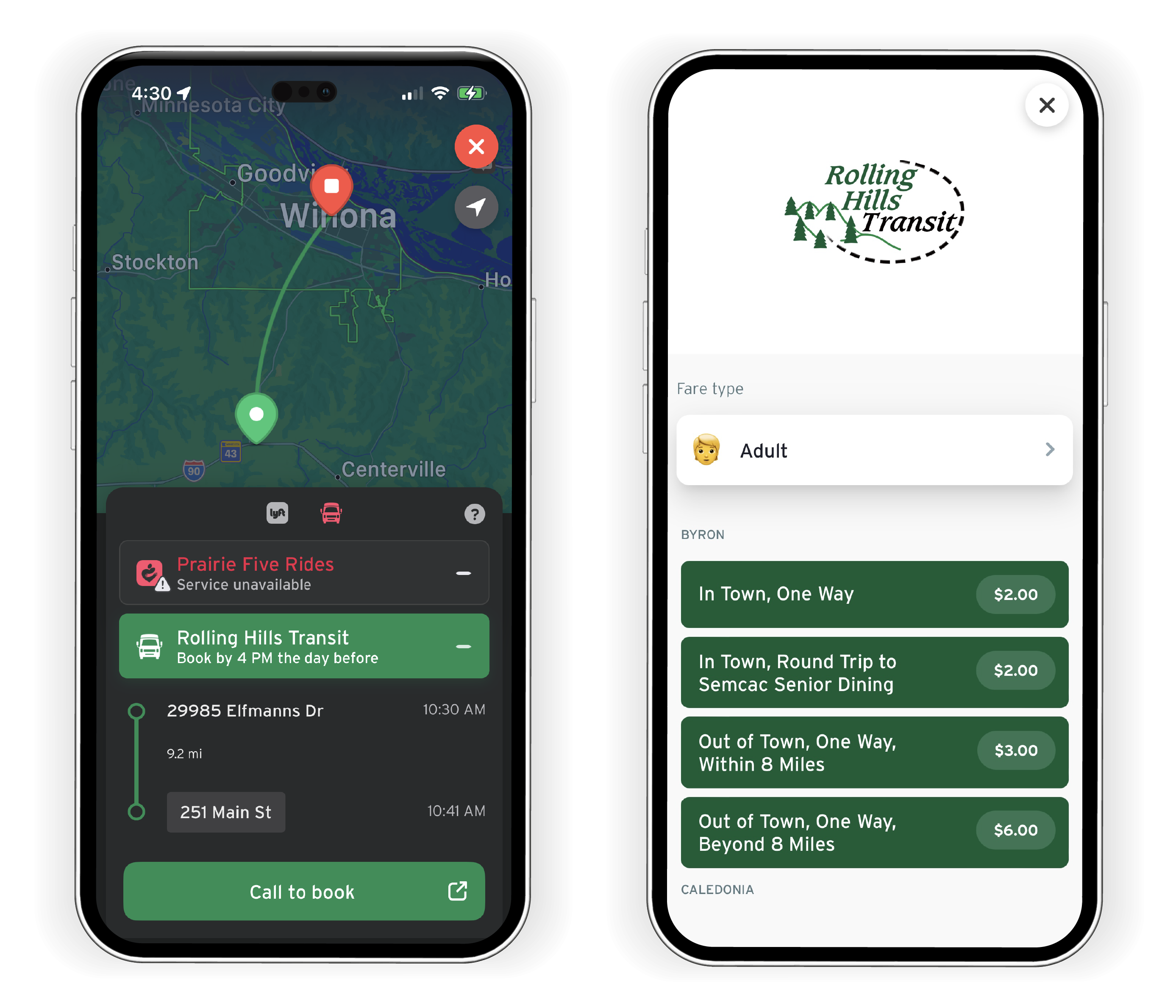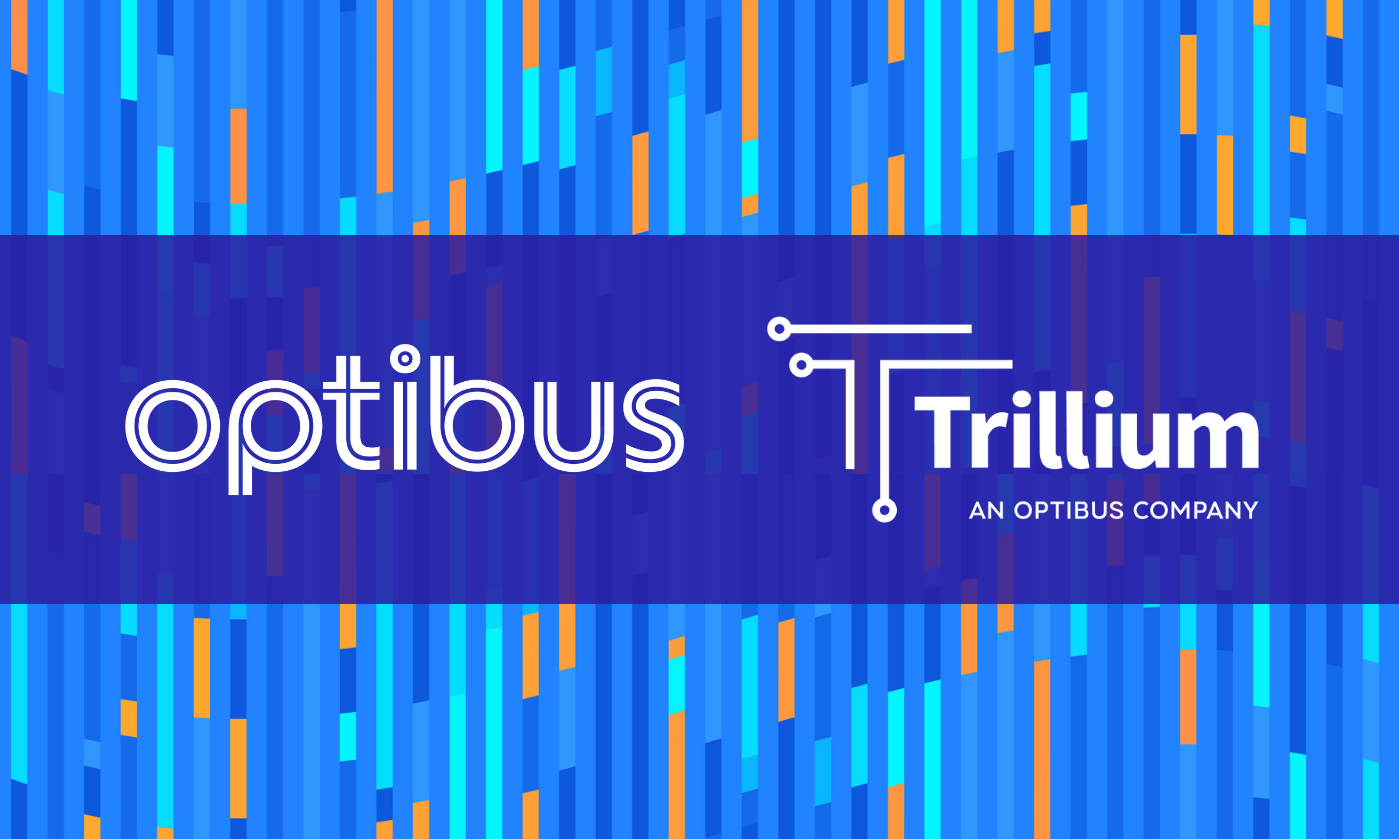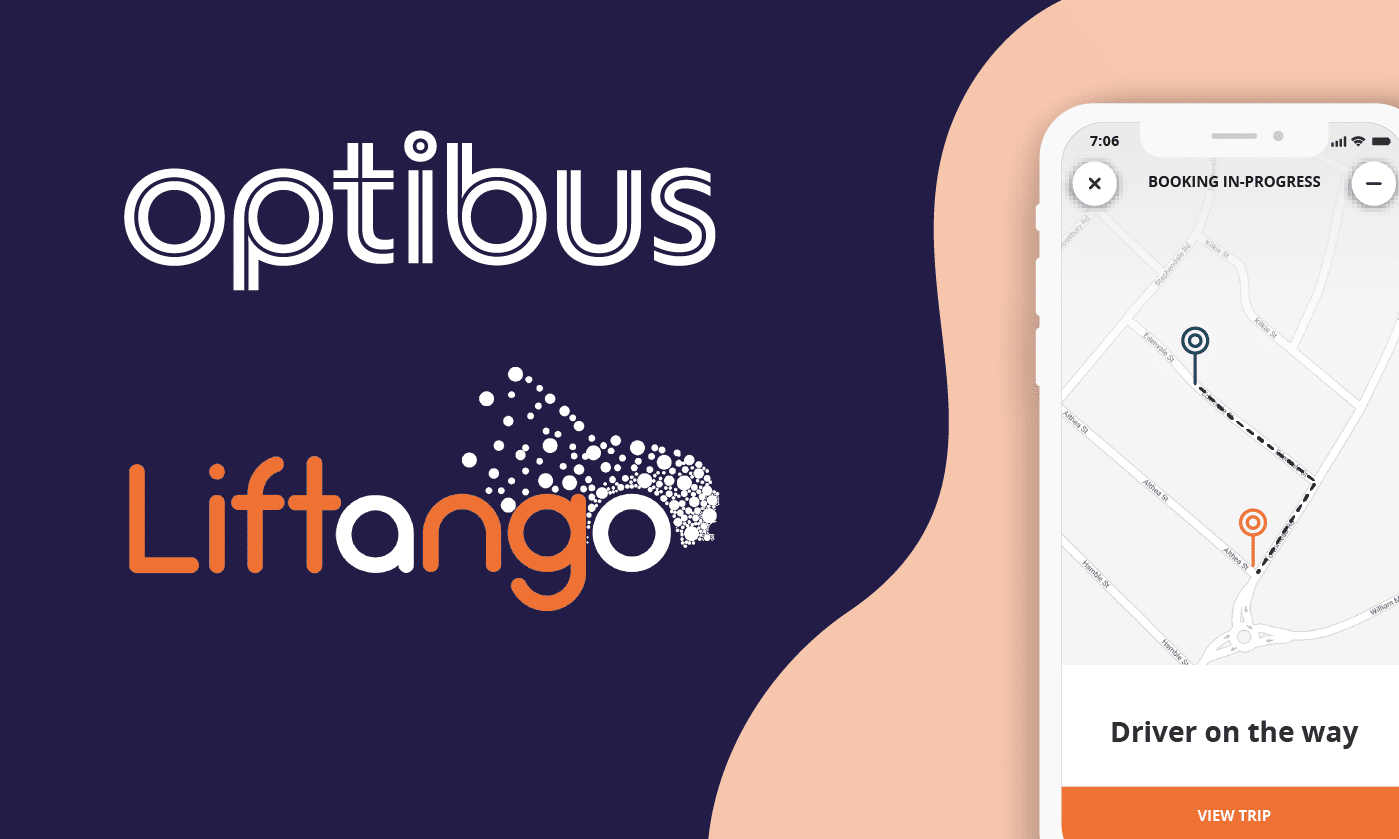More than a billion people use Google Maps and Apple Maps every month. Those apps show transit directions for thousands of public transit services around the world, helping millions of riders plan their trips and access transit services. But a major information gap persists: many public transit services still can’t be found in these popular mapping apps, particularly demand-response transit operating in rural areas.
Optibus and our partners are working to close this information gap and deliver transit information to everyone.
Not all transit is fixed-route; not all transit shows up in mobile apps
Here’s what Google Maps shows for a trip into downtown Winona, a small city in Southeastern Minnesota, from the outskirts of town via public transportation (Nothin’):

If you’re really committed to making this trip via public transit, you can search online and find that Rolling Hills Transit runs an on-demand transit service for the general public that will get you into Winona. Like thousands of other demand-responsive services around the world, it has not been discoverable in popular mapping and trip planning apps - until very recently.
Data at Optibus (and Transit app) includes demand-responsive transit (DRT)
Trillium, an Optibus subsidiary, has been working to improve public transit data and information. In 2016, we started work on GTFS-Flex, which makes previously hard-to-find demand-response transportation much easier to discover, understand and use.
If you search for the same trip into Winona that we tried in Google Maps above, here’s what you’ll now see in Transit App:

You can now see which services will take you into Winona, expanding service visibility for Rolling Hills Transit and many other agencies, allowing riders to find, book and pay for more transit services!
GTFS-Flex: Building a foundation of interoperable data
- Deviated-fixed route and point deviation services
- ADA Paratransit
- Zone-based Dial-a-Ride
- Microtransit
GTFS-Flex was first implemented by Trillium in a project for the State of Vermont in 2017 - read more in this 2017 blog post or 2020 FTA project report.
Data producers such as Departments of Transportation, transportation providers, and their consultants and software vendors (such as Optibus) publish GTFS-Flex data for consuming apps such as Transit app and OpenTripPlanner. Trillium, an Optibus company, currently publishes more than 100 GTFS-Flex feeds — more than any other producer — across Minnesota, Vermont, Colorado, Massachusetts, and Washington States. Since GTFS-Flex is a non-proprietary standard, we expect that more applications will consume it in the future (we’re nodding towards you, Google and Apple).
Minnesota: A Statewide Project to Expand Access
Trillium, an Optibus subsidiary, partnered with Cambridge Systematics, Token, and Transit to deliver a trip planning and fare payment solution to the Minnesota Department of Transportation. This work is part of a two-year pilot project supported by innovation grants from the Federal Transit Administration. Thanks to Trillium, thirteen transit agencies across southern and western Minnesota now have GTFS(-flex) feeds and are discoverable in the Transit App. That’s 25% of the area of Minnesota, home to over 1.1 million residents.

All demand-response transit services now searchable in Transit App!
On-demand transit services are more common in rural areas than traditional fixed-route bus routes, as it is generally inefficient and cost-prohibitive to run frequent fixed-route service in low-density areas. Rural transit riders suffer disproportionately from the absence of these services from mainstream planning apps. Rural transit riders are more likely to be older, disabled, non-white, have lower incomes, and not have access to a vehicle than the general population. Making transit information and services more accessible is essential to serve rural transit transit riders and deliver equitable transportation.
This project also pushed other frontiers of GTFS:
-
Trillium published public-facing transit data in Spanish, Somali, and Hmong — languages identified by MnDOT as most useful for the populations served by these agencies — using translations.txt.
-
Trillium will also be building Fares V2 data to fully describe fare structures by the end of 2023.
Riders can now discover fixed-route AND demand-responsive services, plan multimodal trips, call to book a ride, and pay their fares — all in one app. Transit app also wrote about the project on their blog (See Bringing rural riders into the fold).
Broadening Access
Public transportation delivers access to jobs, healthcare, services, goods, and community, including in rural places with long travel distances. But transit can only deliver access if people are able to find, understand and use it. This is why Optibus is dedicated to partnering with DOTs, transit agencies and operators, and mobile apps around the world to build, maintain, and publish transit data data for both urban and rural places.
Get in touch with us to build GTFS and GTFS-Flex data, implement a DRT trip planner, and help riders discover and understand public transit.





